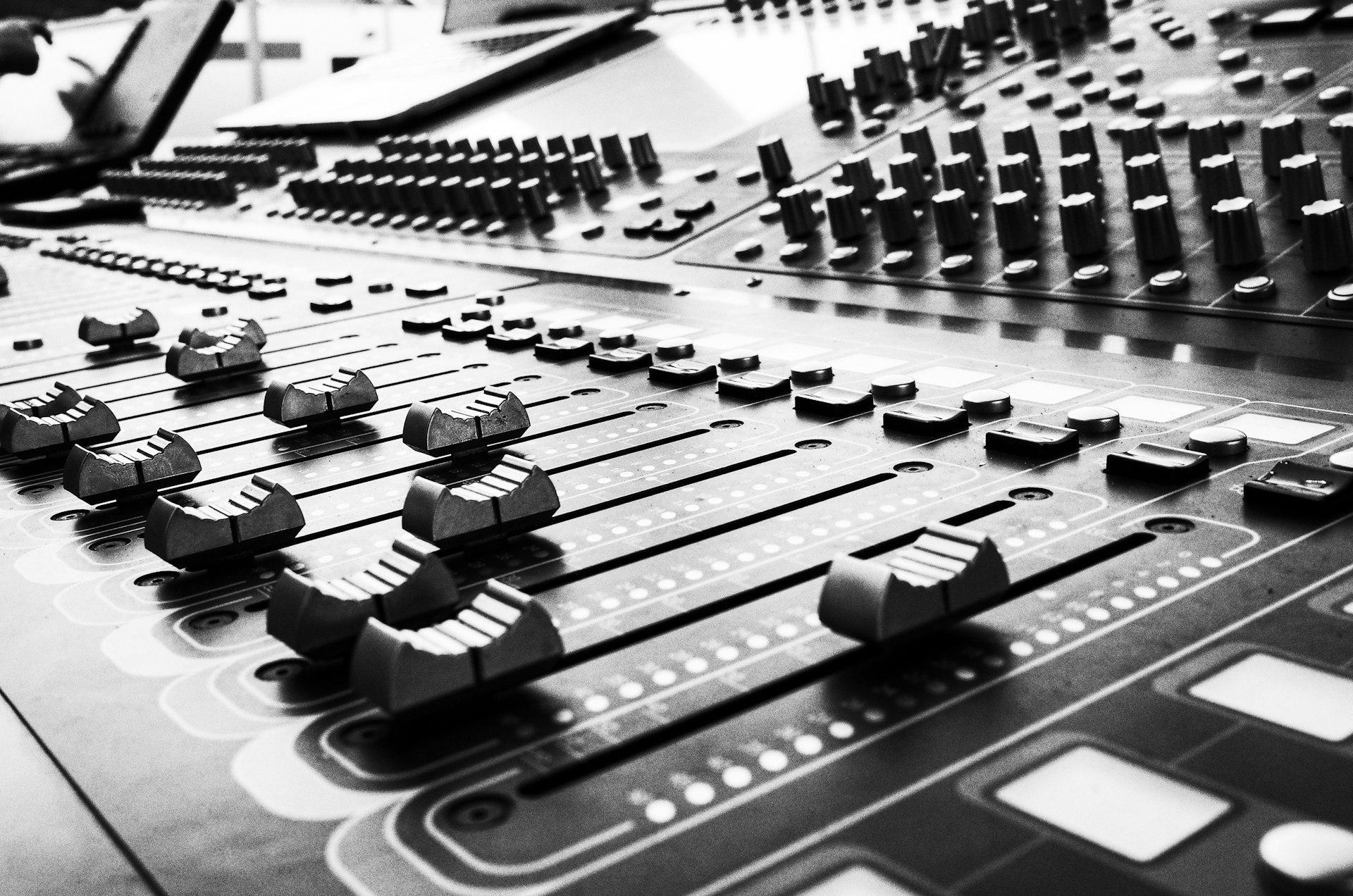Professional Music Mixing & Mastering Services
Trusted by artists and labels for expert audio mixing, analogue mastering for digital and vinyl, or Dolby Atmos.
Welcome to Spatial Mastering.
At Spatial Mastering, we specialize in premium audio mastering services that bring your music to life. Using cutting-edge technology such as Dolby Atmos and high-quality analogue mastering, we ensure that every detail of your sound is perfected, whether you're producing an album for digital platforms, vinyl, or immersive sound experiences. Our expert team blends years of experience with state-of-the-art equipment to offer precision and clarity, delivering a final product that captures the full depth, dynamics, and tonal balance of your music.
Our bespoke song mastering services cater to all kinds of projects, including house, techno, electronic music, drum and bass, rock, and pop. Whether you're after the rich warmth of analogue mastering, the clarity of analogue mastering, or a hybrid solution, we give your songs the pristine quality they deserve. For productions requiring more precise attention, our stem mastering services allow us to refine individual elements in your mix while maintaining the overall balance. From radio-ready hits to immersive soundtracks, our expertise ensures your music sounds exceptional across all formats.
Featured Services
Analogue Mastering
Get your music ready with pristine sound and analogue warmth for all platforms. (spotify, apple music, beatport, youtube)
Vinyl Mastering
Trust our company's team of experienced engineers to master your music on vinyl and bring out its full potential, reaching the widest audience possible.
Dolby Atmos Mixing & Mastering
Immersive spatial audio mixing and mastering for the next generation of music experiences.
Why Choose Spatial Mastering?
Choosing the right mastering studio can make all the difference in how your music is perceived by your audience. At Spatial Mastering, we offer more than just technical expertise—we bring passion, creativity, and innovation to every project. Our studio in London is home to industry-leading experts who specialise in mastering all genres, from house and techno to rock, pop, and drum and bass.
At Spatial Mastering, we understand that music is more than just sound—it's a powerful expression of creativity and emotion. That's why we don't use cookie-cutter mastering techniques. Every project, whether it's a single song, an entire album, or even online mastering projects, receives a bespoke approach tailored to the artist's specific needs. Whether you're a singer, producer, or band, our team will help you achieve the warmth of analogue sound, the clarity of analogue mastering, or the cutting-edge innovation of Dolby Atmos production.
By choosing us, you're collaborating with a team of seasoned professionals who are passionate about elevating your sound. With deep knowledge, industry experience, and world-class equipment, we ensure your music stands out in today's competitive market. Whether it's for digital platforms, vinyl, or immersive formats, your project is in the hands of experts dedicated to delivering the best results. Ready to take your music to the next level? Spatial Mastering is your trusted partner for outstanding sound.
Fields of Expertise
Our team specializes in a wide range of audio services, tailored to the unique needs of each project. From immersive spatial audio to traditional mastering, we've got you covered.
Our Studios
Take a look inside our three professional recording and mastering facilities, each equipped with state-of-the-art equipment and acoustically treated spaces.

Studio 1

Studio 2

Studio 2

Comprehensive Audio Services
Beyond being one of the best mastering services in the UK, Spatial Mastering offers a full suite of additional services to elevate your sound. Our pro mixing and mastering services deliver a clean, dynamic, and well-balanced sound for any project. With our experienced team in London, we fine-tune vocals, instruments, and effects to craft a cohesive mix that is ready for mastering. Whether your project involves a few tracks or a complex arrangement, our stem mixing ensures that every layer of your music, whether it's house, techno, or rock, is handled with precision and care.
For those seeking to update or enhance previously released material, we offer re-mastering services, applying modern techniques to breathe new life into your tracks. Additionally, our professional mixing services ensure that your music sounds balanced and polished before the mastering stage. At Spatial Mastering, we pride ourselves on our attention to detail and our commitment to bringing out the best in every track we work on.
Unlock Your Music's Full Potential.
Get started today and transform your audio with our professional mastering services. Contact us for a custom quote or to discuss your project needs.
